View all Standards for British Columbia (2018)
Compose, interpret, and expand ideas using symbolism and imagery
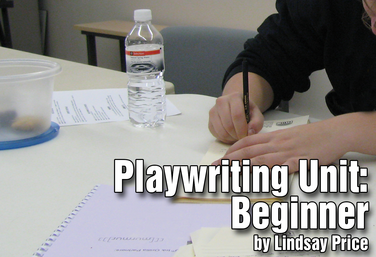
Playwriting Unit: Beginner
by Lindsay Price
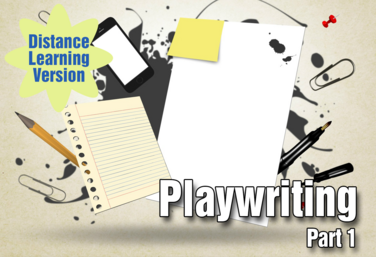
Part of the Distance Learning Curriculum
Playwriting: Part 1
by Lindsay Price
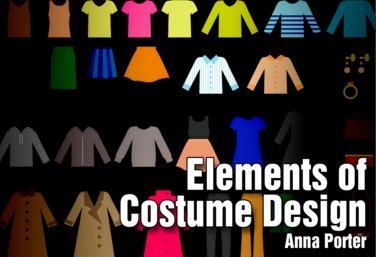
Elements of Costume Design *Hyperdoc
by Anna Porter

Introduction to Set Design *Hyperdoc
by Lea Marshall
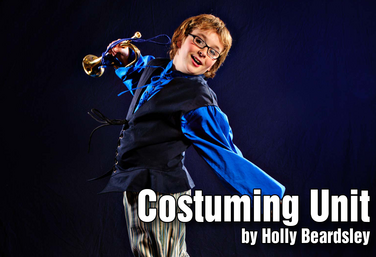
Costuming
by Holly Beardsley
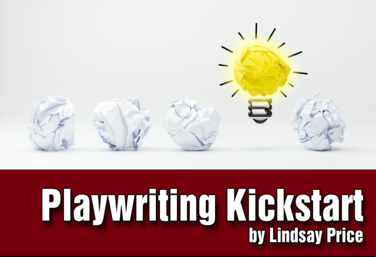
Playwriting Kickstart: Multi platform
by Lindsay Price
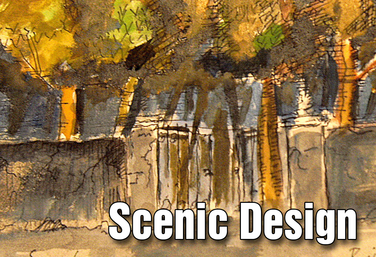
Part of the Drama One Curriculum
Scenic Design
by Karen Loftus

Part of the Drama One Curriculum
Drama One Final Project
by Karen Loftus
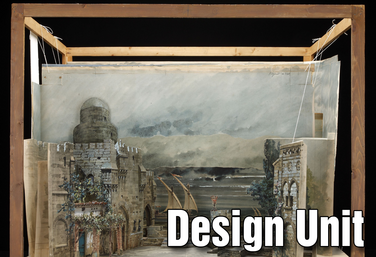
Part of the Drama Two Curriculum
Design
by Matt Webster

Part of the Stagecraft Without a Theatre Curriculum
Elements of Design
by Karen Loftus
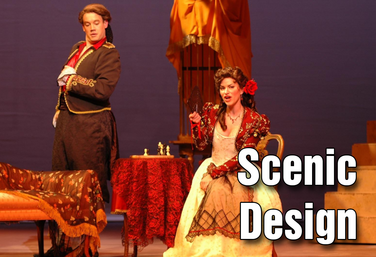
Part of the Stagecraft Without a Theatre Curriculum
Scenic Design
by Karen Loftus

Part of the Stagecraft Without a Theatre Curriculum
Sound
by Karen Loftus and Josh Hatt

Part of the Stagecraft Without a Theatre Curriculum
Costume Design
by Holly Beardsley, Karen Loftus, and Josh Hatt

Part of the Stagecraft Without a Theatre Curriculum
Make-Up Design
by Karen Loftus and Josh Hatt

Part of the Stagecraft Without a Theatre Curriculum
Culminating Project
by Karen Loftus
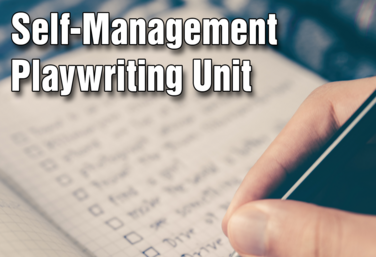
Self-Management Playwriting
by Lindsay Price

The Top Ten Playwriting Exercises
by Lindsay Price

21st Century Skills Through Devising
by Allison Williams
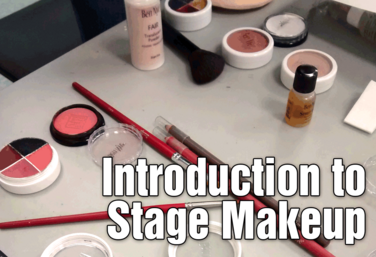
Introduction to Stage Makeup
by Matt Webster
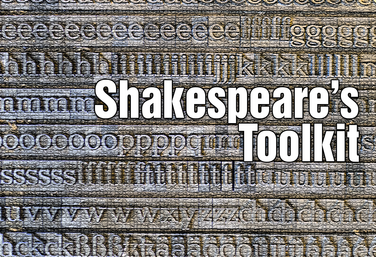.png)
Shakespeare's Toolkit
by Todd Espeland
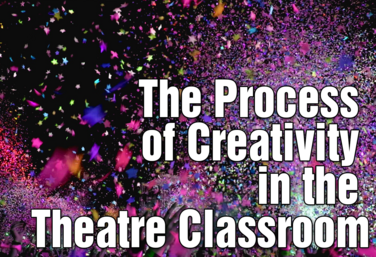
The Process of Creativity in the Theatre Classroom
by Gai Jones
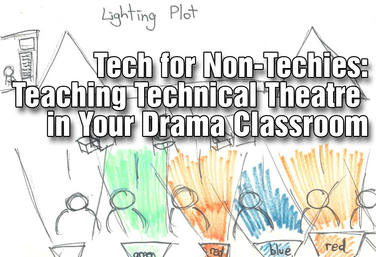
Tech for Non-Techies: Teaching Technical Theatre in Your Drama Classroom
by Josh Hatt
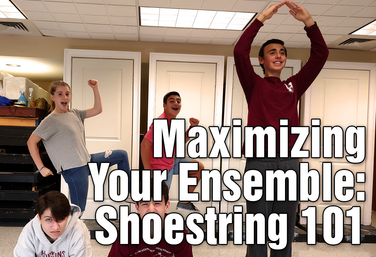
Maximizing Your Ensemble: Shoestring 101
by Michael Calderone
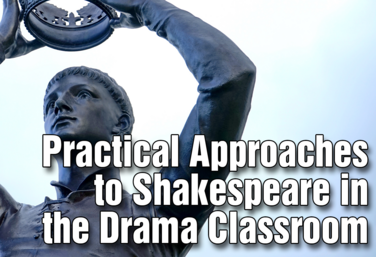
Practical Approaches to Shakespeare in the Drama Classroom
by Julie Hartley

Director's Toolbox 2: Teaching Students to Direct
by James Van Leishout
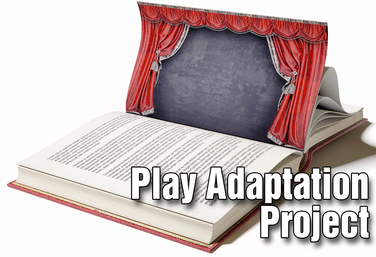
Play Adaptation Project
by Lindsay Price

Director's Toolbox 1: Teaching Students to Direct
by James Van Leishout
View all Standards for British Columbia (2018) Standards Master List